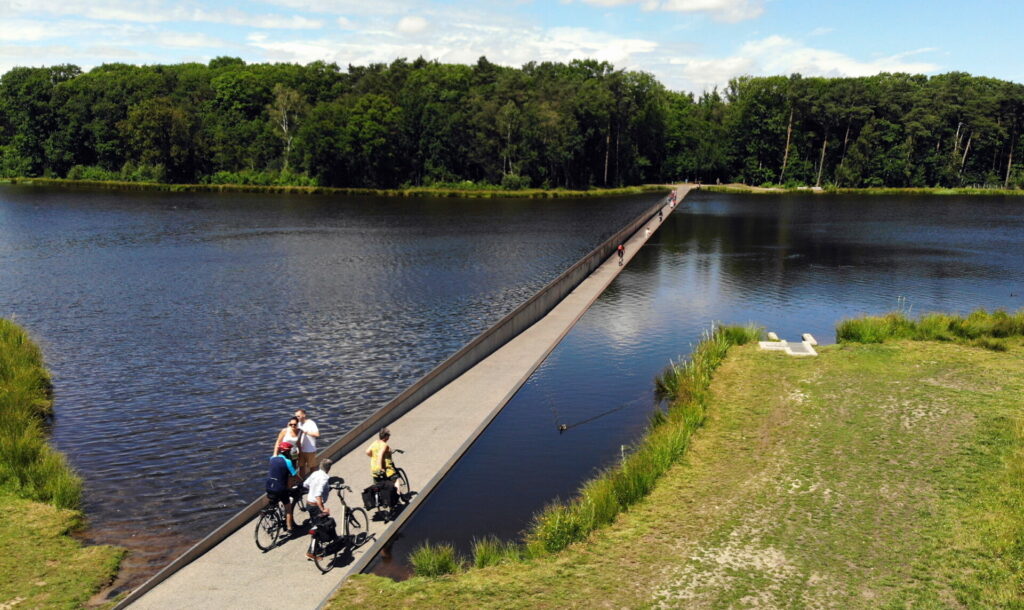Whether for ecological or economic reasons, you have decided to take advantage of the summer to leave your car in the garage and travel by bike.
Good for you! But before you hit the roads, whether you live in the city or in the country, do a little check. Any bicycle that uses public roads must be equipped in accordance with the law.
The minimum legal equipment for all two-wheelers consists of a bell in perfect working order, audible at a distance of 20m, and two brakes (only one for bicycles with small wheels, i.e., with wheels less than 50cm in diameter).
An ordinary bicycle must also be equipped with retro-reflectors: a white reflector at the front, a red at the rear, yellows or oranges on the pedals (which must be visible at the front and rear), two double-sided yellow or orange retro-reflectors arranged symmetrically on the spokes of each wheel and/or a white reflective strip on each side of the tyres.
Retro-reflectors are not mandatory on small-wheeled bicycles, racing bikes and off-road bikes, except in the case of night driving or in conditions where visibility is reduced to less than about 200 m. It should be noted, however, that the white front retro-reflector and the red rear retro-reflector are still mandatory, even during the day, for racing bikes and off-road bikes equipped with at least one mudguard.
Being visible is a necessity when riding a bike. Wearing a reflective band or vest is therefore strongly recommended. In some countries, including France, wearing a high-visibility, EU-standard approved vest is mandatory and riding without one can cost you a 150 euro fine.
It is not mandatory, but highly recommended, to wear a helmet; in the event of an impact, wearing a good helmet reduces the risk of serious injury by 70% (in the case of mild or moderate shock). In this case, it is imperative to choose an approved model, bearing the European label EN 1078 or 1080. A helmet with only the CE label is not suitable.
Note that wearing a helmet is mandatory on fast electric models (≤ 4000 W and ≤ 45 km / h), fast electric bikes whose pedal assistance continues to operate beyond 25 km / h. By pedalling simultaneously, you can even reach 45 km/h, which is why fast electric bikes are considered mopeds and not bicycles.
Related News
- Alexandra Tondeur secures spot at Ironman World Championship in Hawaii
- 6,000 Brussels and Flanders participants in ‘car-free month’ campaign
- Portable e-bike conversion reduces risk of theft
Finally, bike thefts are unfortunately very common in Belgium, especially in Brussels, so always have a good padloc. U-shaped models are the most recommended by experts, and always attach your bike to a fixed point.
Also think, when buying your frame, to register its "identity card," including the brand, model, serial number, colour etc. This data will be very useful in case of theft.
Also, remember to have your national registry number engraved. In the event that your bike is found, this may allow the police to return it to you. Note that a small license plate (10 cm x 12 cm) is automatically mandatory for fast electric bikes.

